People contain multitudes. They are messy, complicated, and often unpredictable. When creating characters, you need to show why they act the way they do (and find their inner contradictions). Enter Myers-Briggs for fiction. It’s a psychology-based tool that will help you define characters’ personalities, so that you can create believable character arcs. Keep reading to learn how you can use Plottr’s Myers-Briggs Character Template and create richly varied personalities.
What is the Myers-Briggs Type Indicator?
The Myers-Briggs Type Indicator, or MBTI, is a system for determining personality type. The model is inspired by Carl Jung’s writings about archetypes, the universal images and themes that recur across diverse cultures.
Myers-Briggs divides personality types into four pairs of dimensions, similar in this aspect to the four temperaments in ancient Greek philosophy. These are:
- Introversion vs Extroversion
- Sensing vs Intuition
- Thinking vs Feeling
- Judging vs Perceiving
Where individuals lie on the spectrum between each of these pairs determines which of 16 personality types they fit (we go into this in more detail below).
This framework gives a way to identify personality traits such as inwardness vs being outgoing, logical thinking vs gut action, and the unique balance between them in each person. Keep reading to learn how this helps character creation.
How to Use Myers-Briggs for Fiction
The purpose of the original MBTI structure is to help you discover deeper insights into yourself. This self-awareness helps you learn to navigate the world and confront challenges according to your strengths.
For writers, Myers-Briggs is valuable for fleshing out more lifelike characters. Knowing how and why a character will act and react will help you keep them consistent. That way, even when characters behave against type, the motivations behind those behaviors will stay believable.
Using Myers-Briggs for fiction, you can:
- Find your characters’ decision-making styles (and keep them constant). What matters to your cast? How does each individual approach difficult choices? Insights from MBTI profiles will help you map out the answers to these questions and make each character distinct
- Vary communication styles across your cast. Creating good dialogue is among the biggest writing challenges. Ensuring characters have unique voices is easier when you have a detailed sense of their personality types
- Add depth to interpersonal and internal conflicts. Understanding how different personality types will (or won’t!) get along helps define your characters’ relationships and conflicts. Similarly, an MBTI template will illustrate how your character might get in their own way
- Define the details that makes characters feel more human. Small details go a long way when when you’re trying to create characters your readers will connect with. Using Myers-Briggs for fiction can help you define such details, from quirky hobbies to illicit desires
You can take an official online test, called the Instrument, to get your customized MBTI results. But there is a substantial fee to get the complete report, so for building characters, it may be better to browse summaries of each MBTI personality trait and use these to deduce your character’s type.
Parts of the Myers-Briggs Type Indicator Character Template
When you open the Myers-Briggs Type Indicator template in Plottr, you’ll see two fields:
- Type: the four letters or four words that label each personality type
- Description: a space with room to make a note of what each type means, how your character’s qualities work together, and ideas for how this Myers-Briggs Type would react to any given situation in your plot
There are sixteen personality types altogether, which are built from the two options available for each of four traits:
- Extraversion (E) or Introversion (I): how we interact with our surroundings
- Sensing (S) or Intuition (N): how we see the world and process information
- Thinking (T) or Feeling (F): how we make decisions and process emotions
- Judging (J) or Perceiving (P): the ways we draw conclusions about things, versus how we become aware of things
Each of the sixteen personality types may be expressed as the following archetypes.
The Analysts
- The Architect: INTJ. Imaginative, strategic thinkers. Fictional examples: Katniss Everdeen, Professor Moriarty
- The Logician: INTP: Innovative inventors. Fictional examples: Sherlock Holmes, Dipper Pines
- The Commander: ENTJ. Bold, imaginative, and strong-willed leaders. Fictional examples: Tony Soprano, Logan Roy
- The Debater: ENTP. Smart and curious thinkers who are more interested in the debate than the outcome. Fictional examples: Tyrion Lannister, Captain Jack Sparrow
The Diplomats
- The Advocate: INFJ. Quiet, mystical idealists who make their mark on the world. Fictional examples: Jon Snow, Philip Pirrip
- The Mediator: INFP. Kind and altruistic. Fictional examples: Fox Mulder, Frodo Baggins
- The Protagonist: ENFJ. Charismatic and inspiring leaders. Fictional example: Daenerys Targaryen, Mufasa.
- The Campaigner: ENFP. Creative and sociable free spirits. Fictional examples: Carrie Bradshaw, Michael Scott
The Sentinels
- The Logistician: ISTJ. Practical and reliable. Fictional examples: Hermione Granger, Ned Stark
- The Defender: ISFJ. Dedicated protectors, especially to their loved ones. Fictional examples: Vito Corleone, Dr. Watson
- The Executive: ESTJ. Excellent administrators who enjoy managing things or people. Fictional examples: Dwight Schrute, Janine Melnitz
- The Consul: ESFJ. Caring, social, and always eager to help. Fictional examples: Sansa Stark, Leslie Knope
The Explorer
- The Virtuoso: ISTP. Bold and practical. Fictional examples: James Bond, Indiana Jones
- The Adventurer: ISFP. Flexible and charming; artistic. Fictional examples: Odysseus, Jesse Pinkman
- The Entrepreneur: ESTP. Smart, energetic, and perceptive. Fictional examples: Jaime Lannister, Buzz Lightyear
- The Entertainer: ESFP. Spontaneous, energetic, and enthusiastic. Fictional examples: Jack from Titantic, Homer Simpson
Read up on MBTI types and explore concepts like each type’s potential dark side, their love languages, and their most suitable career paths. Researching Myers-Briggs for fictional use will surely lead you down fascinating, useful rabbit holes.
Example using the Myers-Briggs Character Template
Want to use Myers-Briggs for outlining stories? We’ll use Steve Rogers, a.k.a. Captain America. Fans generally agree he’s an INFJ, also known as the Defender.
Let’s explore filling out the Myers-Briggs template in Plottr for Steve Rogers, with that personality type, the archetype, plus a few relevant traits.
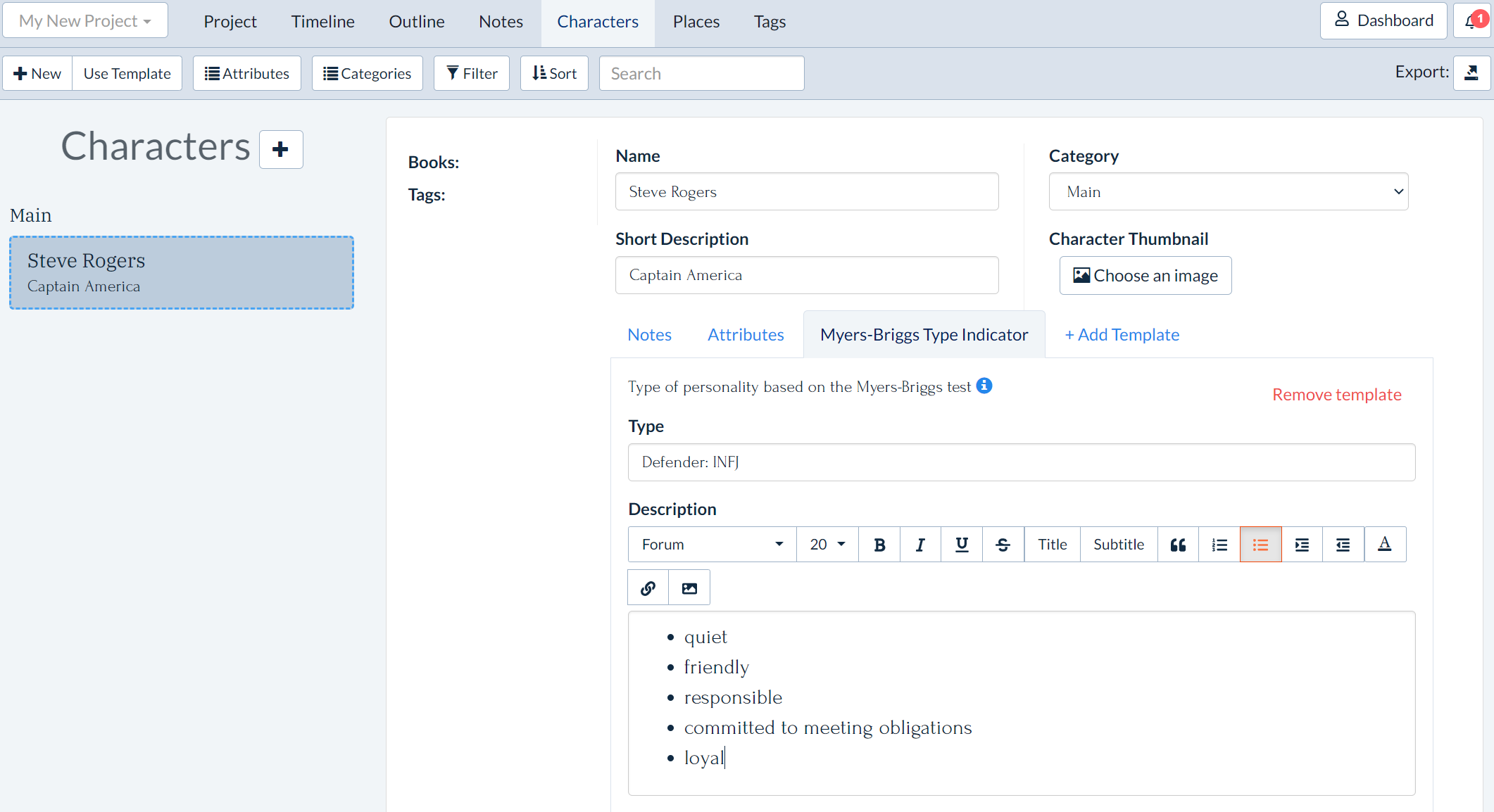
In the template pictured above, we’ve filled in typical INFJ qualities. You could then fill out the template with more information as the story develops.
You could ask, “In what way is Steve quiet? Friendly? Responsible? Committed to obligations? Loyal?” What are possible plot points that could illustrate these qualities?
It may help to know what other personality types have chemistry with your character, too. INFJ types may have great chemistry with the Protagonist type, ENFJ.
How to Use the MBTI Character Template in Plottr
If you’re ready to use Myers-Briggs for fiction and character building, it’s easy to get started! To begin, make sure you purchase Plottr or sign up for a free trial.
Once you have Plottr set up on your computer, follow these simple steps to start using lessons from Myers-Briggs for fiction:
- Step 1: Open Plottr and start a new project, or open an existing one
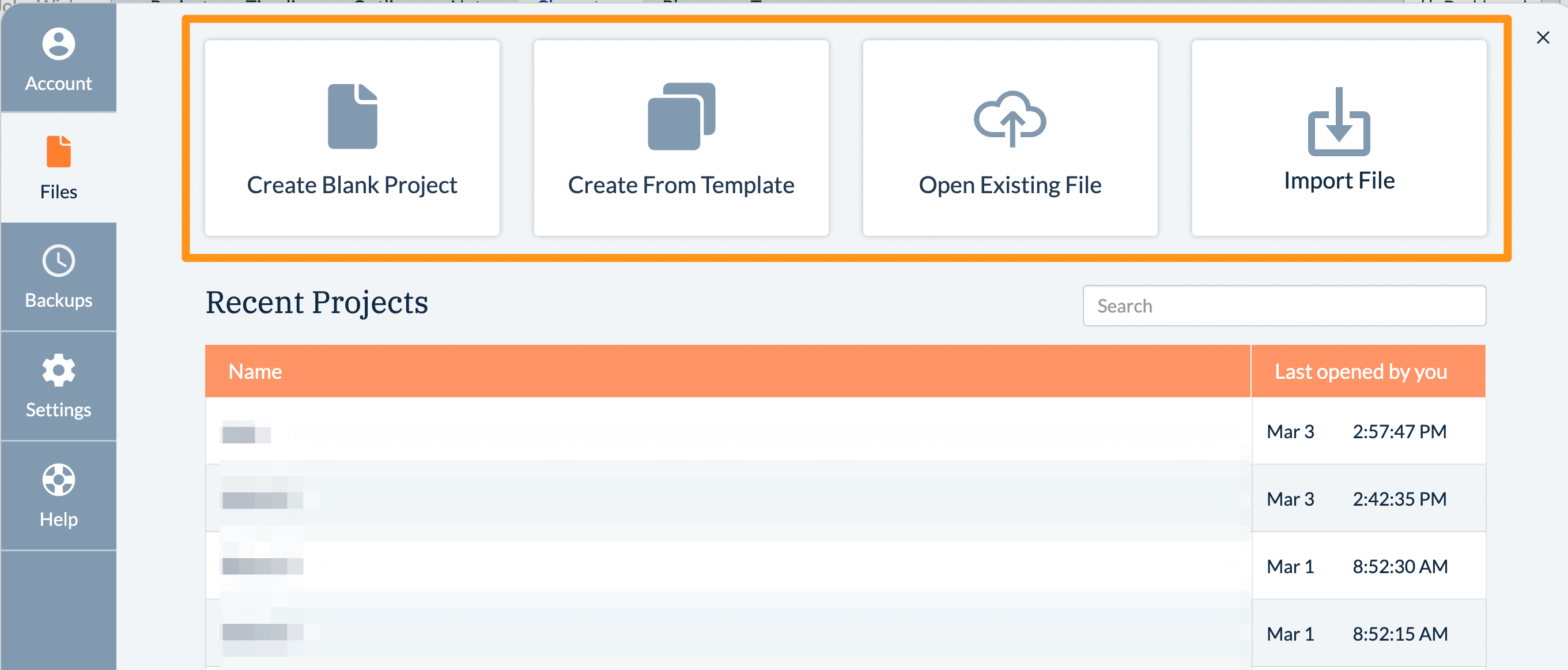
- Step 2: Navigate to the Characters tab and create a new one, or open an existing character profile for editing
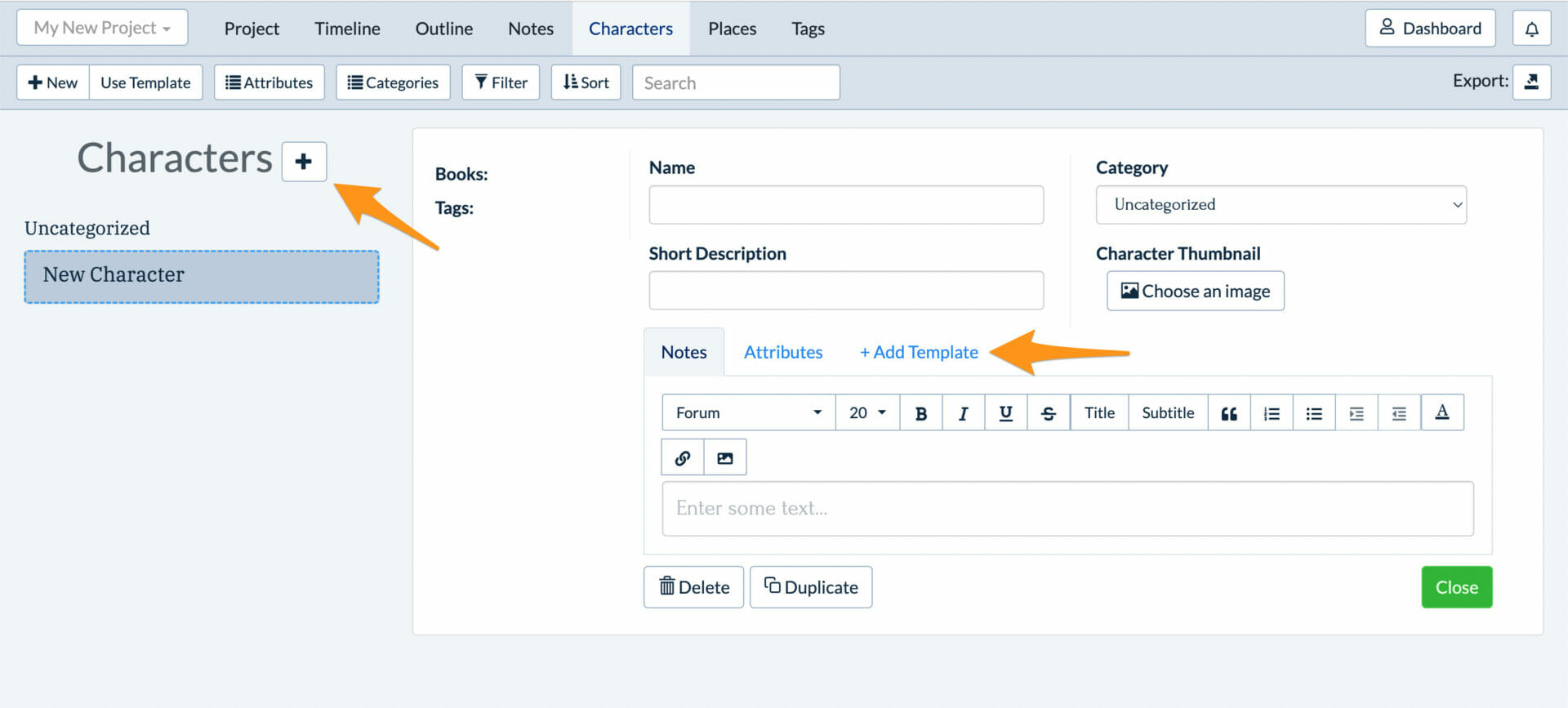
- Step 3: Click +Add Template and select Myers-Briggs Type Indicator from the list of options. Click the Choose button to confirm your selection

- Step 4: Start filling in the details
The template is now ready to use and will supplement all the other details you add to your character profiles. And speaking of other details, these templates work well in combination with Myers-Briggs:
Start Using the MBTI Character Template
Using Myers-Briggs for fiction will help you learn a lot about your cast. Have you applied this template to any of your projects yet?
Get free Plottr training and join our Tuesday tutorials. Let us know how you’ve been using Plottr’s templates!
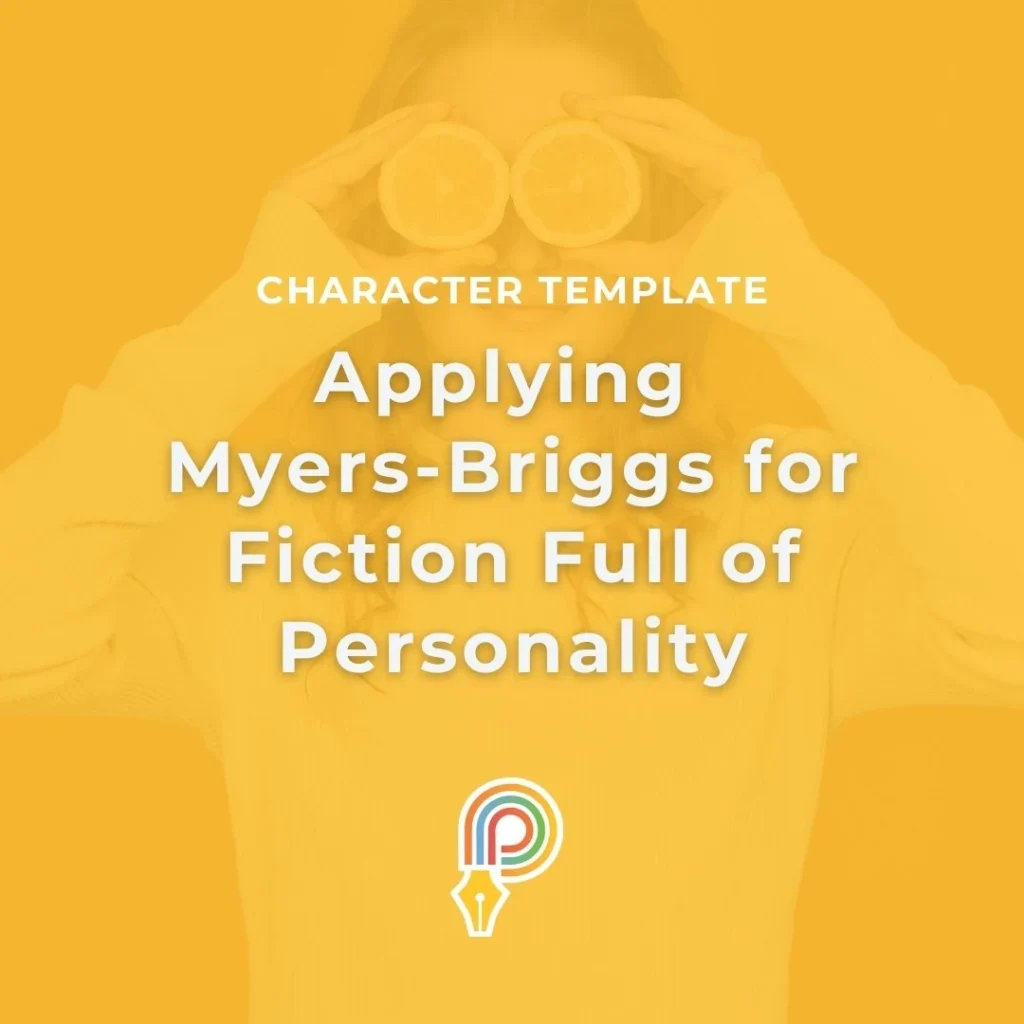

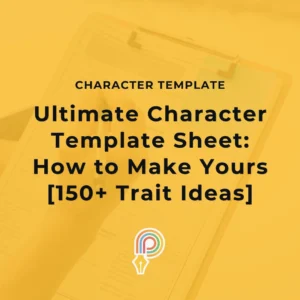
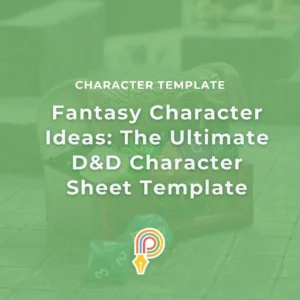

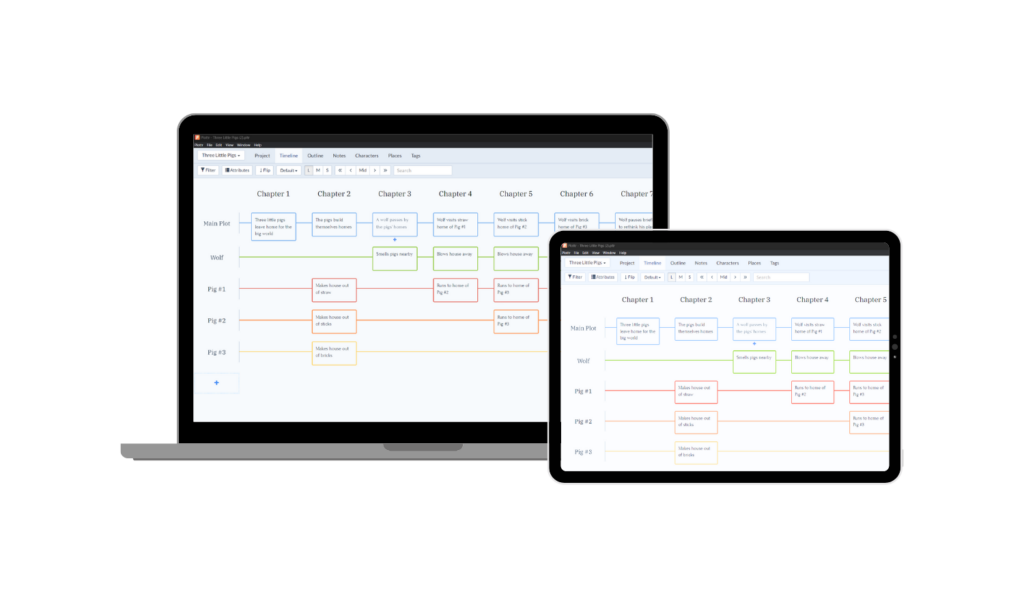
Comments